In this article, you will learn the basics of the managed switch and unmanaged switch in networking.
The network Switch is one of the most important parts of any network. All the communications going on a network are only possible because of a network switch.
The network switch receives data from one port and sends the data to the other port or the correct location. Because of this functionality, the network switch is also called the brain of any network. Because the network switch manages the data communication between all the devices on the network.

Any Network Switch can be classified on the basis of the number of ports. The most common type of network switch is 24-port and 48-port network switches in industrial applications. But one of the main parameters which differentiate network switches is whether the switch is managed network switch or an unmanaged network switch.
What is the difference between a managed network switch and an unmanaged network switch?
One of the most basic differences between a managed network switch and an unmanaged network switch is that the unmanaged network switch allows the device to connect to the network by simply plugging into the network switch port.
While in the case of a managed switch, greater control over the ports of the network switch is provided.

Managed Switch vs Unmanaged Switch
Let us see the differences between the managed network switch and unmanaged network switch in detail:
- The managed network switches allow to manage, monitoring as well as the configuration of all the devices connected to its ports. While the unmanaged network switch has the facility of only connecting the device to the network by simply plugging the device into the port of the network switch.
- This option of simply plug and play is sometimes advantageous for the user while using an unmanaged network switch. While in the case of the managed network switch, the user has to configure the device before connecting it to the network.
- The traffic in the managed network switch is effectively managed by creating new local networks and allocating a bunch of devices connected to the managed network switch. While in the case of an unmanaged network switch, no control over the data traffic is provided.
- In terms of network security, managed network switch is much preferred over an unmanaged network switch. In managed network switch, advanced features to detect network threat and shut them down on time is available. Also, data protection and control data are much more advanced in managed network switches. While in unmanaged network switches, no such control over threat protection and data is available.
- A feature like SNMP (Simple Network Management Protocol) is present in managed network switches, which allows the managed network switch to be connected to a remote network for remote troubleshooting. Hence, in such cases, no physical connection with the network is required while working on the network. In the case of unmanaged network switches, no such feature of SNMP is present.
- The cost of unmanaged network switches is much less than compared to the cost of managed network switches.
If you liked this article, then please subscribe to our YouTube Channel for Instrumentation, Electrical, PLC, and SCADA video tutorials.
You can also follow us on Facebook and Twitter to receive daily updates.
Read Next:
- Background of Modbus
- Cyber Security Questions
- Cables in Automation
- IoT based Control System
- Redundant Control Systems

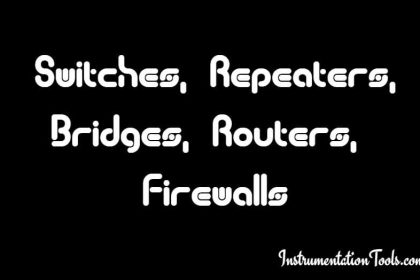
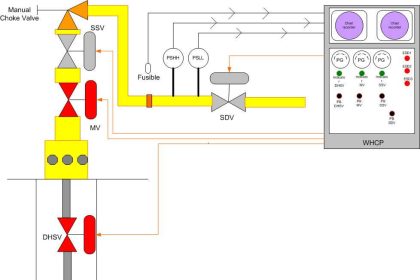



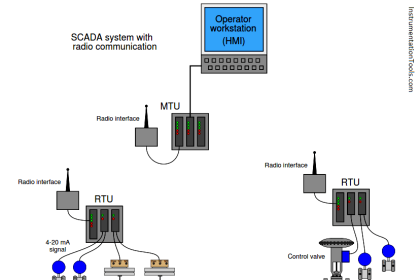

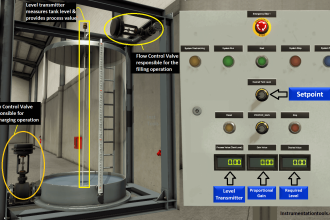
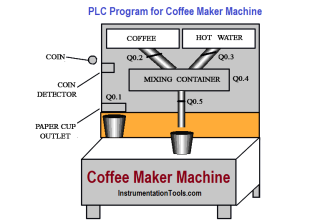




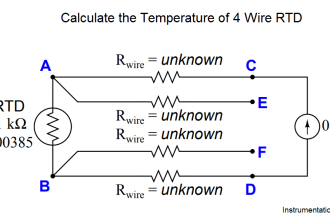


I like to attend short course